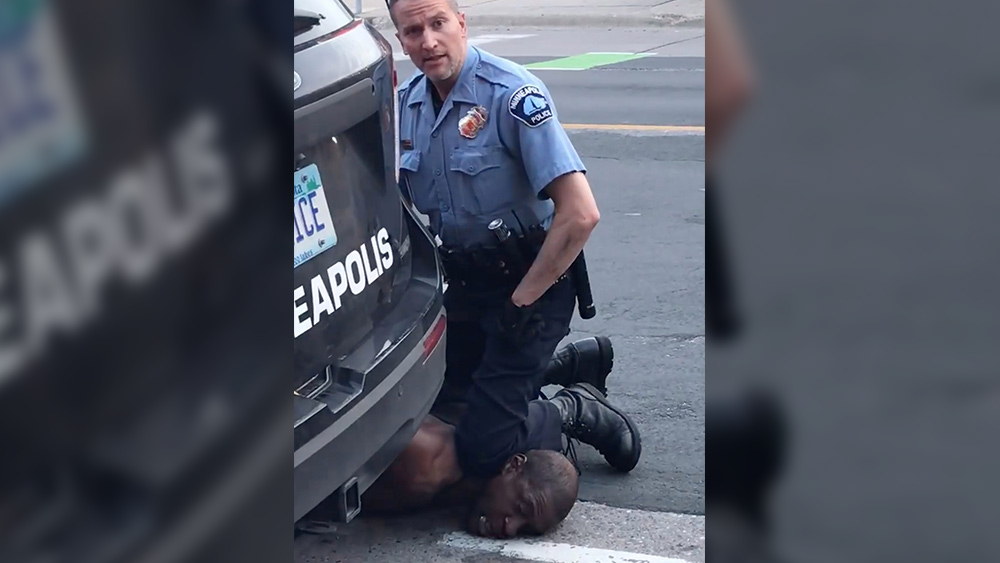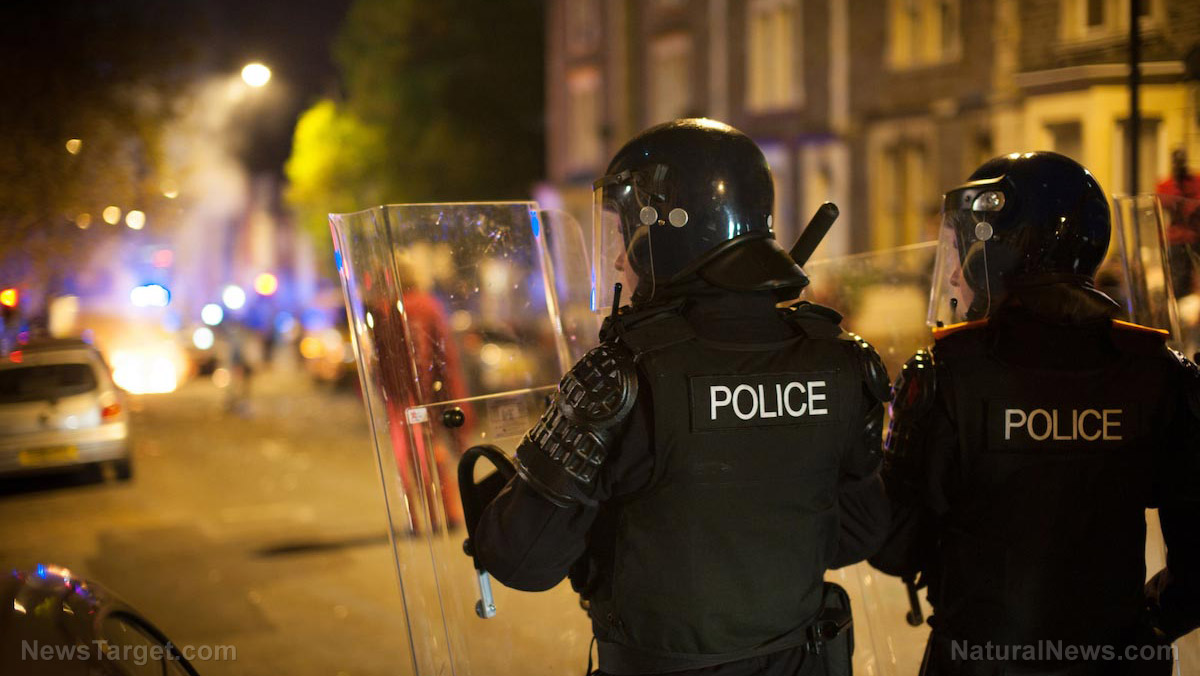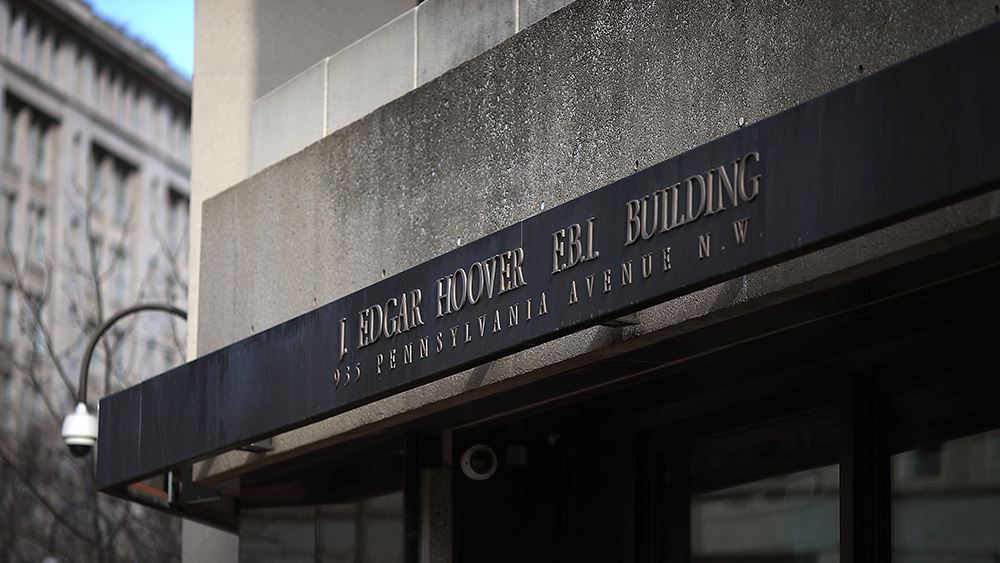
Floyd, who was asymptomatic, first tested positive for the infection on April 3, more than a month before his death at the hands of Minneapolis police officer Derek Chauvin on Memorial Day, May 25.
A PCR test – a common test used to detect the presence of the coronavirus – performed on Floyd a day after his death, came back positive, the report revealed.
“Since PCR positivity for 2019-nCoV RNA can persist for weeks after the onset and resolution of clinical disease, the autopsy result most likely reflects asymptomatic but persistent PCR positivity from previous infection,” the report indicated, which was released with permission from the Floyd family.
According to the report, Floyd died from "cardiopulmonary arrest,” which was complicated by “law enforcement subdual, restraint, and neck compression." This, however, is different from the findings by the independent examiner hired by the Floyd family. According to that report, Floyd’s death was caused by “asphyxiation from sustained pressure."
In addition, the 20-page report from Hennepin County also indicated that the drugs fentanyl, and methamphetamine – as well as cannabinoids – were also present in Floyd’s system at the time of his death.
As per the medical examiner's report, Floyd’s body bore blunt-force injuries to his head, face and upper lip, as well as his shoulders, hands and elbows. The medical examiner also found bruising on Floyd’s wrists, which were noted as being consistent with the marks made by handcuffs.
The medical examiner’s report also noted that Floyd had a host of other health problems, such as heart disease, as well as hypertension and sickle cell trait. The latter is a mostly asymptomatic form of sickle cell disease, a serious inherited blood disorder that predominantly affects African Americans.
Floyd was 46 at the time of his death, which was captured on video by several bystanders. The viral video, which shows Floyd on the ground with Chauvin’s knee on his neck, has since sparked protests against police brutality and racism across the United States, as well as other countries. Some protests, however, have devolved into violent riots. (Related: Trump to U.S. governors: “Toughen up, control riots”.)
Floyd, who has a criminal record of cases such as theft, burglary and drug dealing, was accused of using a counterfeit $20 USD bill at a local grocery store.
He is survived by his siblings, as well as his six-year-old daughter.
The police officer involved in Floyd's death, Chauvin, 44, remains incarcerated at Minnesota’s maximum-security prison in Oak Park Heights. He has been charged with second-degree manslaughter and second-degree murder, a more serious count than he had initially faced. He could be sentenced to up to 40 years in prison.
According to a report by the Star Tribune, Chauvin has been linked to more than 15 conduct complaints, all of which were “closed without discipline.”
As reported by the Star Tribune, the nature of the complaints have not been made public.
Following recommendations made by prosecutors, Minnesota Judge Jeannice Reding has set Chauvin’s bail at up to $1.25 million USD without conditions. Redding also set Chauvin’s conditional bail at $1 million USD, provided that he follows through with several conditions, which include being law-abiding, making future court appearances and surrendering his firearms.
Chauvin’s attorney did not object to the bail conditions.
Aside from Chauvin, three other police officers who were present at the scene – Tou Thao, J. Alexander Kueng and Thomas Lane – will be charged with aiding and abetting murder.
All police officers involved in Floyd’s death have been removed from service.
Sources include:
Please contact us for more information.























